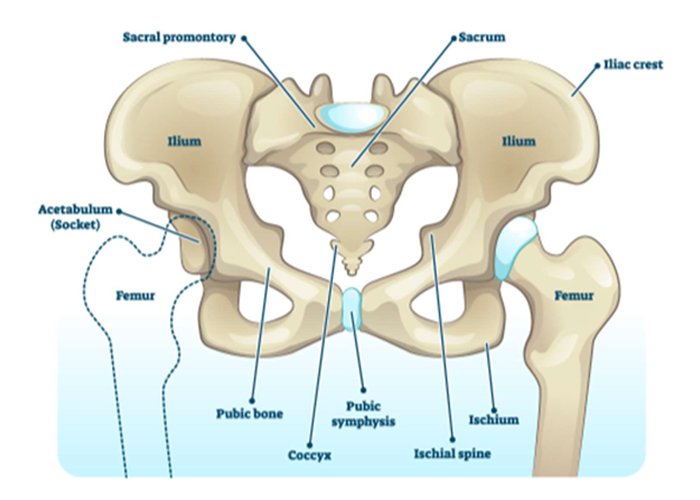Healing from hip or knee replacement surgery is a life-changing journey that needs focused rehab and exercise. Recovering from hip or knee replacement surgery is a transformative journey that requires dedicated rehab and exercise.
Exercises After Hip Replacement Surgery
You have to follow a rehab program after hip replacement surgery to strengthen and improve your knee joint.
- Hip Abduction and Adduction: These exercises involve moving your leg sideways (abduction) and across your body (adduction) to strengthen the muscles around your hip joint.
- Hip Flexion and Extension: Gently bending and straightening your hip joint helps improve flexibility and mobility. These exercises are crucial for restoring the normal range of motion.
- Quadriceps Strengthening: Strengthening the quadriceps muscles in your thigh supports overall stability and function of the hip joint.
- Gluteal Strengthening: Targeting the gluteal muscles (buttocks) helps improve hip stability and enhances walking and standing abilities.
- Low-Impact Cardio: Activities like stationary cycling or water aerobics can improve cardiovascular health without putting excessive strain on the hip joint.
Benefits of Post-Surgery Exercises for Hip Replacement
Engaging in targeted exercises after hip replacement surgery offers numerous benefits, including:
- Faster Recovery: Regular exercise promotes healing, reduces stiffness, and accelerates recovery time.
- Improved Mobility: Strengthening and stretching exercises restore mobility and flexibility, allowing you to perform daily activities with greater ease.
- Enhanced Muscle Strength: Building strength in the muscles surrounding the hip joint improves stability and reduces the risk of future injuries.
- Pain Management: Exercise helps alleviate post-operative pain by promoting blood flow, releasing endorphins, and reducing inflammation.
Exercises After Knee Replacement Surgery
You have to follow a rehab program after knee replacement surgery to strengthen and improve your knee joint.
- Straight Leg Raises: Strengthening the quadriceps muscles without bending the knee helps improve knee stability and function.
- Hamstring Curls: Targeting the hamstring muscles at the back of the thigh enhances knee flexion and overall joint mobility.
- Calf Raises: Strengthening the calf muscles supports balance and stability, which are crucial for walking and standing.
- Heel Slides: Gently bending and straightening the knee while lying down promotes flexibility and range of motion.
- Stationary Cycling: Low-impact cycling helps improve cardiovascular health and knee joint mobility without excessive stress.
Benefits of Post-Surgery Exercises for Knee Replacement
Engaging in a structured exercise regimen after knee replacement surgery offers several benefits:
- Restored Function: Exercises restore the range of motion and function of the knee joint, enabling better movement and flexibility.
- Reduced Stiffness: Regular stretching and strengthening exercises alleviate stiffness and improve overall joint mobility.
- Enhanced Stability: Strengthening the muscles around the knee joint improves stability and reduces the risk of falls or instability.
- Pain Relief: Targeted exercises alleviate post-operative pain by promoting circulation and reducing inflammation in the joint.
Conclusion: Commit to Your Rehabilitation Journey
At Solace Physiotherapy, we’re here to help you recover from hip or knee surgery with a personalized rehab program. Our goal at Solace Physiotherapy is to support you in your recovery journey after hip or knee replacement surgery. Solace Physiotherapy is dedicated to providing you with a customized rehab program after hip or knee surgery. Contact us today to learn more about our post-surgery rehabilitation services and schedule a consultation with our experienced physiotherapists. Let us support you on your path to a full and active life after joint replacement surgery.

